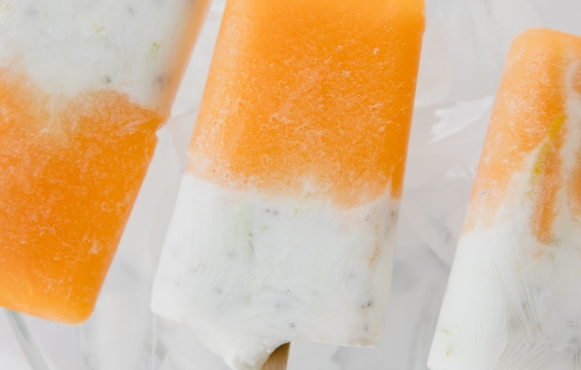Heirloom Melons: The Candy of Garden Fruit

By growing heirloom melons and saving their seeds, gardeners are helping to preserve these plants from extinction. Most supermarkets do not carry heirloom melons.
Egyptians were among the earliest people to cultivate melons, at least 4,000 years ago. It is believed that they saved the seeds of the sweetest melons for future plantings. We know this to be true because of documentation found in the form of tomb paintings and other archeological artifacts. Around 3,000 years ago, these seeds reached beyond Egyptian borders via trade routes and, more than likely, arrived in Europe when the North African Moors occupied Spain from 711 to 1492.
When Christopher Columbus landed in Haiti, he brought with him cantaloupes, also known as muskmelon or rock melon, which became part of the island’s plantings. Early European colonists and African slaves brought more melons to North America as well. Documentation concerning the early varieties of plants imported into our country was done through seed lists and gardening journals. Unfortunately, more detailed research was lacking.
It was common practice for farmers and gardeners to save their own seeds. From as far back as the 16th century, seeds were traded like other commodities. When seed catalogs came along, they not only sold seeds but also offered advice for home gardeners based on the past experience of their contributors. The North America Seed Savers Exchange began in 1975. It is a nonprofit whose mission is to “Conserve and promote America’s culturally diverse, but endangered, garden and food crop heritage for future generations by collecting, growing and sharing heirloom seeds and plants.” Because these seeds were handed down from generation to generation, they were called “heirlooms.” The Exchange shares these seeds with its members and the public as well. There are a number of other seed companies that also sell heirlooms.
When our third president, Thomas Jefferson, retired to his Virginia plantation at Monticello, he began a horticultural odyssey that involved cultivating and experimenting with many different types of heirloom plants. He carefully recorded his findings, and today his garden has been re-created, showcasing many of the same heirloom plants found in the original. One shining example is the “Ananas D’Amerique à Chair Verte Melon,” which Jefferson grew back in 1794.
Melons were very popular with the Indian culture and appeared long before the arrival of white settlers. Even today they are associated with certain Native American groups, especially in the West. These melons have evolved into distinct varieties that are descended from the three most popular kinds grown by early American gardeners: the Citron Melon, Nutmeg Melon and Murray’s Pineapple Melon, all of which are still available today.
Watermelons came to our country from Spain, Portugal and Africa. Records of their presence were noted in Massachusetts in 1629. Interestingly, the Citron Melon and watermelon belong to the same species. Seedless watermelons have gained great popularity in recent years because of the ease of preparation. Consumers fail to realize that if the seeded version of watermelon disappears, we will be losing a species of fruit that has been around for hundreds of years. By growing heirlooms and saving their seeds, gardeners are helping to preserve these plants from extinction.
A true heirloom is a plant that has been cared for, selected and handed down from generation to generation. These plants must be open-pollinated, which means pollinated naturally. To do so, the pollen from one plant is spread to another by insects or the wind. The seeds from these plants will be like the parent plant. It is important to note that not all open-pollinated plants are heirlooms. Those in the know say that a plant must be at least 50 years old to be called an “heirloom,” while others use 100 years as a marker. In our country, the trend for growing heirloom plants has become more popular in recent decades.
Melons are dependent on soil and hot weather in order to bring out their best qualities. Heirloom varieties are usually grown using sustainable methods that involve a commitment to caring for and nurturing the soil. Remarkably, these prized plants have adapted over time becoming more resistant to local pests, diseases and weather conditions.
Most supermarkets do not carry heirloom melons. The melons found on their shelves have been raised to withstand shipping and handling and have been picked before they are fully ripe. Flavor is secondary to firmness and shelf life. On the other hand, heirlooms need to be vine-ripened to reach their maximum sugar level. To achieve this, they need to be hand-harvested at various times during their growing season. After being picked, little, if any more, sweetening will occur. Some of these melons can be stored for weeks or even months, which in some cases, improves juiciness, texture and aroma. Today, a greater number of farms are growing heirloom melons. They realize that their flavor is unsurpassed and want consumers to experience the wonders of this fruit.
Heirloom melons are called “the candy of garden fruit” because of their sweet, delicious flavor. Their seeds provide us with a connection to the past, a history that bridges time. Behind many of these precious seeds, there is often a story that is well worth telling.
Tracey Medeiros likes to keep it seasonal and local in her kitchen.





